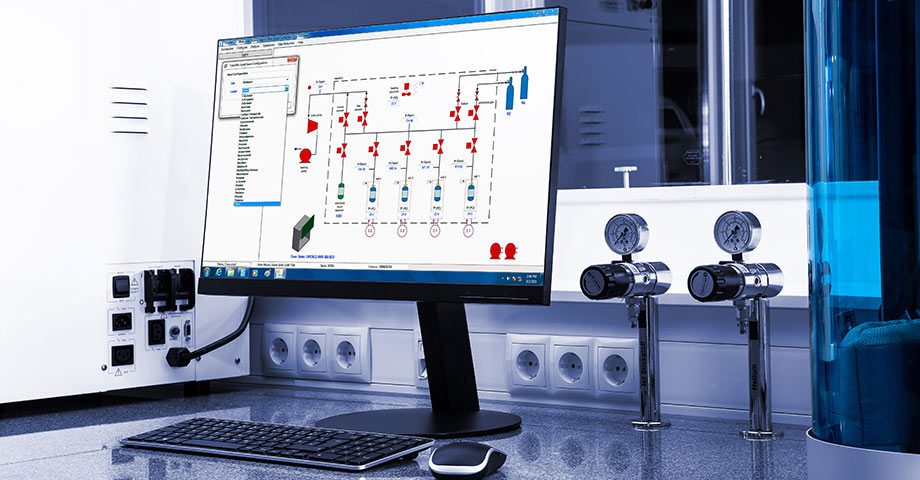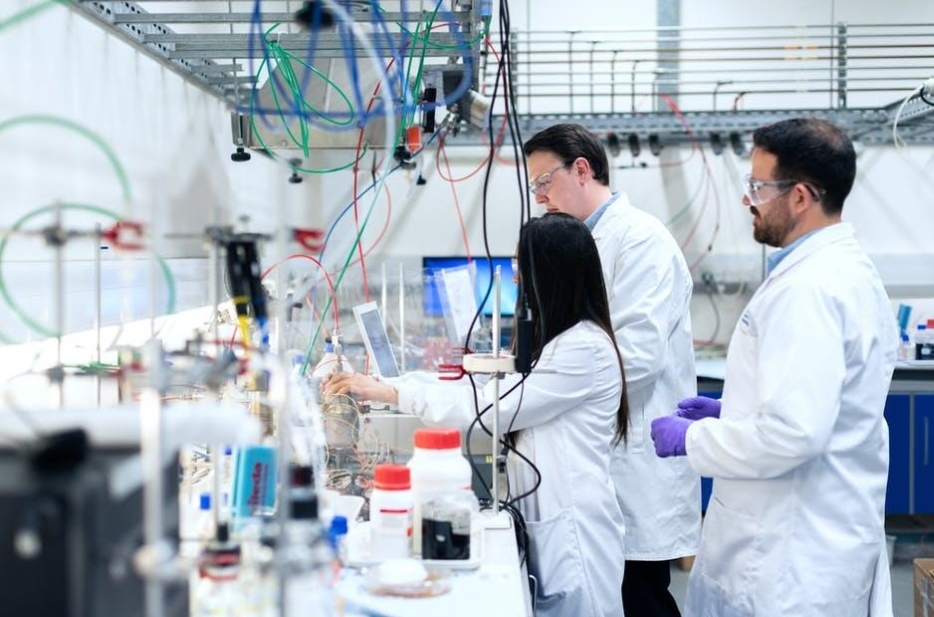High-Tech Solutions for Vapor Analysis
Introduction
Air is a complicated blend of gases but sometimes, undesired vapors may creep in. These vapors can be originating from different sources thereby impacting on human health and the environment. Vapor testing also known as vapor analysis is very important in ensuring both of them. This article aims to take a closer look at modern high-tech solutions for vapor testing scrutinizing the tools and techniques that help us to understand the invisible world around us.
Understanding Vapors: More Than Just a Puff of Smoke
Vaporize essentially means to convert into gaseous form substances which are normally liquid or solid under normal room temperature conditions. When you see steam rising out of your hot coffee cup, you are witnessing water vaporization taking place. In an environmental context, vapours can result from industrial processes, fuel combustions or even volatile organic compounds (VOCs) found naturally in soil.
However, some vapours are harmful thus pose health risks to those who inhale them. For example, exposure to certain chemicals like benzene or formaldehyde present in building materials may lead to respiratory problems and other health complications. Therefore this necessitates comprehensive vapor testing especially where environmental quality or human life could be compromised.
High-Tech Heroes: Unveiling the Composition of Vapors
Primitive tests are things of the past now. Advanced devices have already been developed that can test for vapours today. These tools can generally be grouped into two main categories:
Chromatography: Picture separating mixed candies by colors individually . Chromatography operates like this; it uses sophisticated methods for separation of various components within a sample when it turns into steam Gas chromatography (GC) and high-performance liquid chromatography (HPLC) are two commonly applied techniques.
Spectroscopy: This technique works by using light or other forms of energy interacting with molecules in gas phase.The interactions that ensue leave behind what is called a ‘fingerprint’ by scientists to identify the particular compounds present in the vapor. Different types of spectroscopy used in vapour analysis are mass spectrometry (MS) and infrared spectroscopy (IR).
These modern high-tech tools have changed vapor testing. They include:
High Accuracy: These techniques are able to detect and measure even ultra-small quantities of definite vapours thereby giving out a wide-ranging understanding of the sample.
Fast Results: Test results can now be availed within hours or in some cases minutes using current vapor analysis techniques unlike before that took weeks.
Specificity: These tools can distinguish between different constituents within a sample thereby enabling comprehensive breakdown of its composition.
Applications of High-Tech Vapor Testing: Beyond the Lab
High-tech vapor testing is applicable across several fields:
Environmental Monitoring: For assessing air and soil quality, these methods are essential. Trusted environmental assessment and remediation requires knowledge about what gases come out from industrial facilities or VOCs released naturally from soil [environmental assessment and remediation].
Indoor Air Quality: Vapors may be emitted from building materials, cleaning products or even furniture. This kind of test ensures safe dwellings and working places for human beings.
Workplace Safety: There are some industries that deal with toxic substances which may release dangerous vapours. Periodic check-ups for such vaporous matter protect workers by recognizing possible dangers as well as taking actions against them.
Product Development: Manufacturers use vapor testing to ensure their products do not give off harmful vapors while being used or stored.
A Case Study: Safe Soil Remediation in New Jersey
Try imagining where there is chemical spill on the ground leading to contamination. This is how high tech vapor testing comes into play;
Initial Assessment: Examination is carried out on soil samples for the presence of particular pollutants through specially developed analysis methods such as gas chromatography-mass spectrometry (GC-MS).
Remediation Plan: A proper remedial plan can be created upon the outcomes of vapor analysis which may include; excavation and disposal of contaminated soils or in situ treatment methods like soil vapor extraction.
Monitoring and Verification: Across the entire decontamination process, vapor testing is performed to monitor whether the selected method is efficient enough and to ensure that soils are returned to safe states.
This example underscores how crucial it is to incorporate vapor testing into any credible environmental evaluation and rectification processes particularly within environmentally conscious places such as New Jersey State.
Conclusion
Modern technology used for carrying out vapor testing enables us to comprehend unseen environments. The knowledge of what makes up vapors will help us safeguard human health, improve air quality around us, control soil pollution, and generate safer items. In future, we will have an opportunity to anticipate issues related to fumes by using increasingly accurate techniques when assessing them. This gives hope for a better world in which we can identify and combat problems arising from toxicants even before they happen hence ensuring sustainable living conditions.






